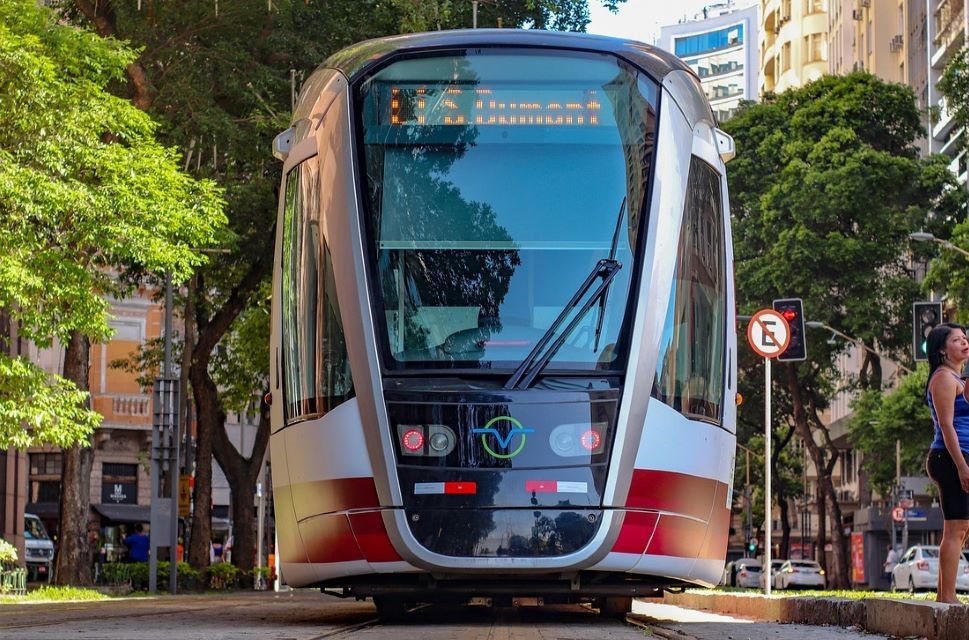Navigating Rio's Public Transport: Tips for Tourists

Rio’s public transport system is extensive, affordable, and very convenient for tourists. From modern metros and light rail lines to iconic yellow buses and popular ride apps, Rio offers several ways to explore the city safely and efficiently.
Is Rio's Public Transport Safe for Tourists?
Public transport in Rio is generally safe, particularly during daylight hours and on major routes. The metro stands out as the safest and cleanest option, regularly patrolled by security personnel. Buses, while more varied in quality and route complexity, remain a popular choice for both locals and tourists.
To ensure a safe experience, avoid traveling late at night, especially in poorly lit or unfamiliar areas. Keep your valuables secure and avoid openly displaying expensive electronics. Planning your route in advance can also help you stay on track and steer clear of less tourist-friendly neighborhoods.
Getting Around: A Guide to Rio’s Public Transport
MetroRio (Subway)
Rio de Janeiro’s metro system, MetroRio, is the easiest and fastest way to navigate the city. It currently has three lines (Lines 1, 2, and 4), connecting key neighborhoods like Copacabana, Ipanema, Botafogo, and downtown Rio.
Line 1 (Orange): Covers the south zone, including popular tourist spots.
Line 2 (Green): Serves more residential and suburban areas.
Line 4 (Yellow): Connects Barra da Tijuca with Ipanema and the city center.
Trains are air-conditioned, clean and run from 5am to midnight Monday through Saturday, and until 11pm on Sundays. Stations are clearly marked, and announcements are made in Portuguese - though signage often includes English.
Buses
Rio’s bus network is vast and can be a great way to reach places not covered by the metro. With over 1,000 routes, it connects virtually every part of the city, but it can be confusing without a transit app or a local guide.
Buses are marked by numbers and destination signs in the front window. You’ll board through the front door, pay the fare to the onboard conductor, and exit through the back. Fares are paid in cash (exact change preferred) or with a prepaid RioCard.
VLT Carioca (Light Rail)
The VLT (Veículo Leve sobre Trilhos) is a modern light rail system operating mostly in Rio’s downtown area. It’s ideal for visiting the Museum of Tomorrow, Olympic Boulevard, or connecting from Santos Dumont Airport to the metro or bus terminals.
The VLT has three lines (Lines 1, 2, and 3) and uses a cashless fare system, requiring a RioCard for boarding. You must validate your card on the platform or inside the tram to avoid fines.
It’s clean, quiet, and particularly useful for visitors staying near Centro or traveling to and from cruise ship terminals.
BRT (Bus Rapid Transit)
The BRT is a dedicated-lane bus service serving Rio’s far-west zones, including Barra da Tijuca, Recreio and Jacarepaguá. It’s especially useful if you’re attending events at the Olympic Park or staying in neighborhoods far from the traditional tourist path. BRT buses run frequently and use dedicated roadways, avoiding traffic congestion. Entry is made at enclosed stations, similar to a metro system, and passengers pay using the RioCard.
While useful, tourists are advised to ride BRT during the day and avoid rush hours due to crowding and pickpocket risks.
Trams and Historic Cable Cars
For a scenic experience, consider the Santa Teresa tram (bondinho), which climbs through one of Rio’s oldest neighborhoods. Though more of a tourist attraction than a transport necessity, this tram offers great views of the city and a charming ride over the Arcos da Lapa aqueduct.
The tram has a flat fare and operates regularly during daylight hours. It’s a safe, enjoyable option for tourists exploring the artistic and bohemian vibe of Santa Teresa.
Getting around Rio doesn’t have to be stressful. With a bit of planning, the city’s public transport system can be one of your greatest tools for exploring its neighborhoods, beaches and cultural landmarks.
Leave a Reply